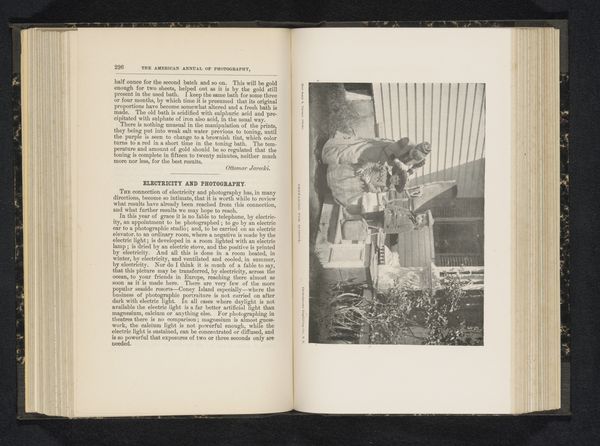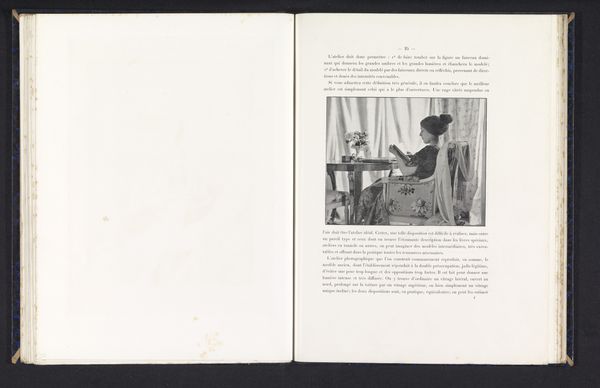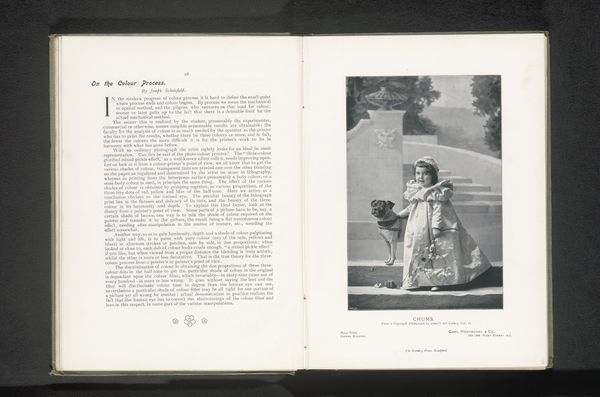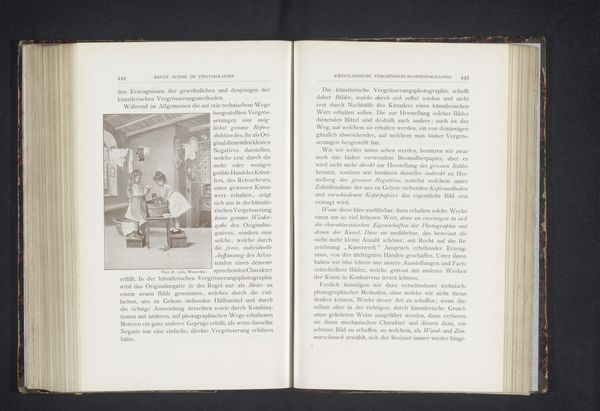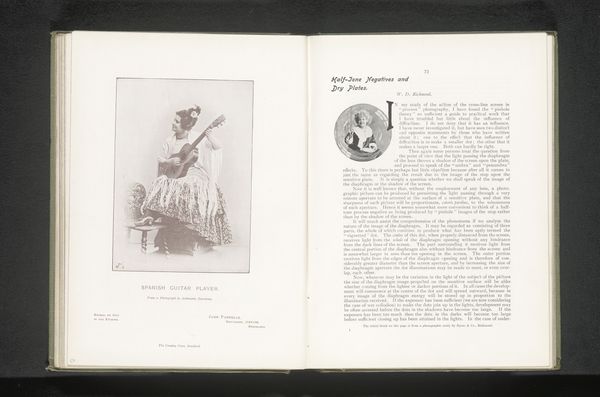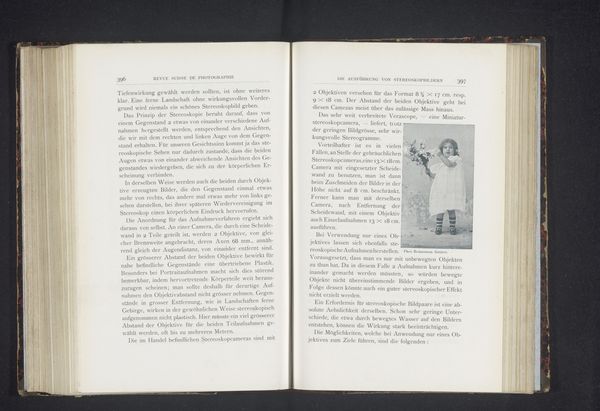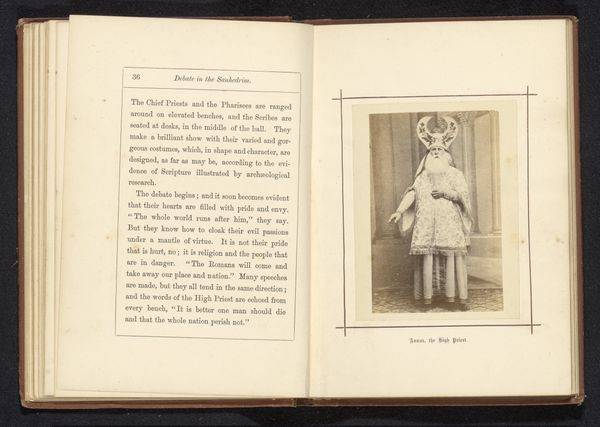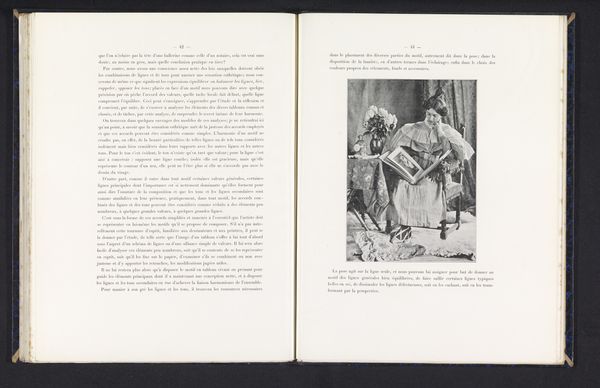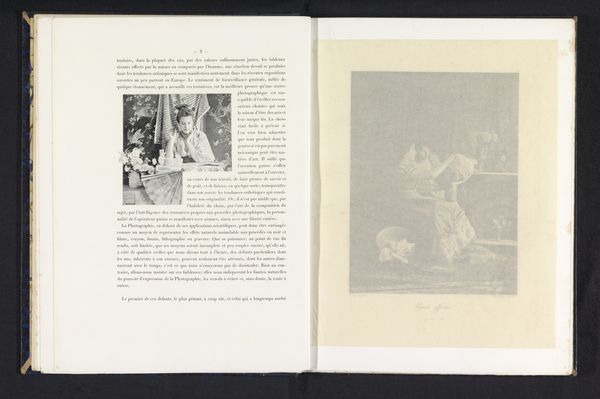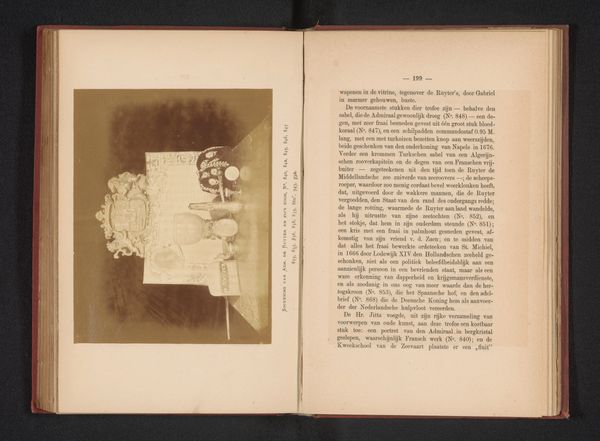
Gezicht op het interieur van het paviljoen van de Portugese koloniën op de Wereldtentoonstelling van 1885 in Antwerpen before 1885
0:00
0:00
print, photography, engraving
#
16_19th-century
# print
#
photography
#
orientalism
#
engraving
Dimensions: height 166 mm, width 119 mm
Copyright: Rijks Museum: Open Domain
Curator: So, here we have an image titled “Gezicht op het interieur van het paviljoen van de Portugese koloniën op de Wereldtentoonstelling van 1885 in Antwerpen,” dating to before 1885. It seems to be a print, likely an engraving, depicting the interior of the Portuguese colonies’ pavilion. There’s something deeply unsettling about seeing these…artifacts?…displayed this way. It’s like a trophy room. What's your initial take on this image? Editor: It's a really uncomfortable scene. You see what's presumably a Portuguese man standing guard. How does this exhibition contribute to the perception of Portuguese colonialism at the time? Curator: The image acts as a document of empire, portraying a specific, constructed image of Portuguese colonial possessions for public consumption. It served to legitimize and celebrate Portugal's imperial power, framing its colonies as sources of exotic goods and resources while obscuring the exploitative nature of colonial rule. The arrangement, meticulously displayed, reinforces a sense of control and ownership. It suggests a natural order. What is included, and conspicuously absent, within these frames? Editor: I guess you're right; this exhibition probably focused on exotic goods while overlooking any cultural or social issues regarding the indigenous people. Were exhibitions like this a frequent occurrence at the time? Curator: Precisely. World’s fairs and exhibitions were vital tools for shaping public opinion and bolstering national pride during the peak of European imperialism. They presented a carefully curated version of reality, often glorifying colonial ventures. So this wasn't just about showcasing goods. It was a calculated act of political imagery. The way they are shown becomes a political act. What do you make of that now? Editor: So it seems these "exhibits" contributed to a narrative of cultural dominance, even promoting inequality through a seemingly innocent display of objects. It makes you really think about the role these world's fairs had in shaping Europe's identity. Curator: Exactly. And critically assessing these images is a way for us to come to terms with that history and to work to reshape some of its negative aftereffects.
Comments
No comments
Be the first to comment and join the conversation on the ultimate creative platform.


